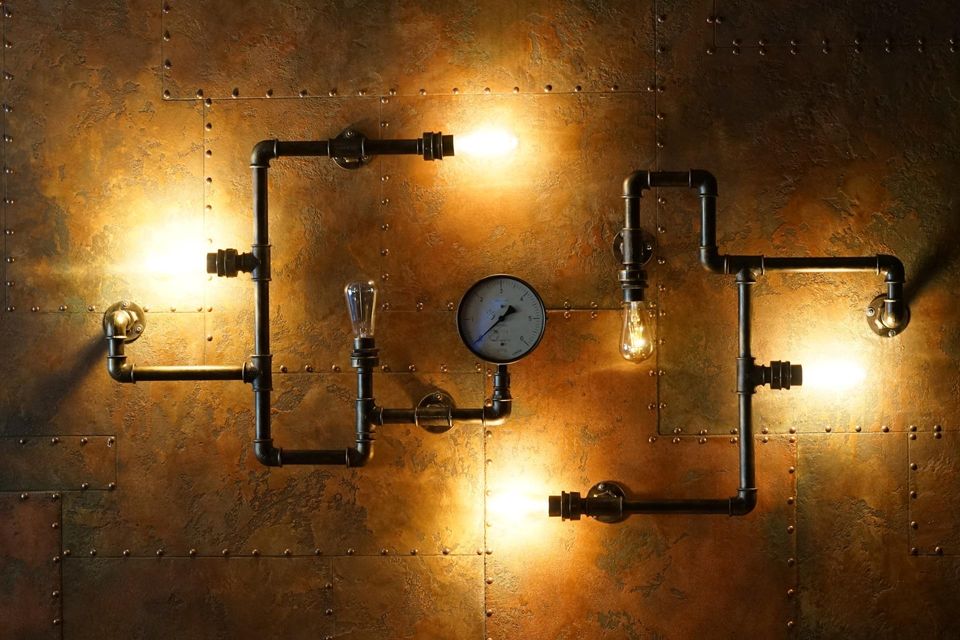Sleep Pressure

There are two main biological drives for sleep. The first (in no particular order), our circadian rhythm, has been explained in a previous blog post (see below for a link to this post). The second is called sleep pressure (also known as sleep drive or the sleep homeostat). This blog post is all about sleep pressure, how it works and how we can work with it to get the most from our night’s slumber.
Interesting Point:
“Sleep Pressure” is nothing to do with the pressure you put on yourself when you know you should be sleeping but you can’t. However, this kind of performance anxiety surrounding sleep can be a real problem. If you believe you suffer with this type of insomnia, please contact me for more information about how sleep coaching can help you.
In simplistic terms, our circadian rhythm determines at what point in the day (when) we sleep and our sleep drive controls how much sleep we need. In this way, sleep is to sleep pressure what food is to hunger - it satiates an essential need within us. In terms of this same analogy, our circadian rhythm would be our regular daily meal times.
We get our best, most balanced sleep when both of these biological drives align, i.e. when we are both driven to sleep because we are “hungry” for it and because it is our usual bedtime. One drive can over-rule the other, and when this happens the quality of our sleep tends to suffer as a result.
Jet lag is a good example of when our circadian rhythm overrules our sleep pressure - it may be bedtime in our new time zone and we may have built up a lot of sleep pressure by spending a full 16 hours awake travelling, but we are wide awake and unable to sleep even in the dead of night. The reverse of this would be when we ignore high levels of sleep pressure, stay up all night studying or partying and build up so much sleep pressure that it allows us to fall asleep even in the middle of the following day.
Sleep pressure is due to the build up in the brain of a chemical called adenosine. From the moment we wake up, the amount of adenosine within us increases hour on hour. When there are low levels of adenosine in the brain we feel alert. When adenosine levels are high, we feel sleepy. Therefore, the longer we are awake, the greater our drive/need/desire for sleep is, in the same way as the longer it is since we have eaten, the hungrier we are.
If adenosine levels are very high, we can become disorientated, have hallucinations and experience micro-sleeps (when our eyes close and we fall asleep for a split-second). In most circumstances these tiny instances of sleep are harmless, but if they occur whilst you are driving they can be deadly. Micro-sleeps account for around 20% or one fifth of all road traffic accidents in the UK.
During sleep your brain degrades and removes the day’s build up of adenosine. Therefore, when we have sufficient good quality sleep at the end of a day, we release all of that sleep pressure overnight and can begin again with a level of zero the next day. If we don’t have enough sleep or the sleep we get is not of a good quality, we only release some of that sleep pressure and retain the rest. This left over sleep pressure will then build up again during the day and roll over night after night, leaving you with chronic fatigue and all the health problems related to sleep deprivation.
When we retain sleep pressure we wake up feeling tired, groggy and struggle to stay alert. On those days most people will reach for an extra dose of caffeine. This is because caffeine blocks the effects of adenosine on the brain meaning that you can continue to feel alert even with the presence of high levels of adenosine. In another blog we will take a deeper look into the sleep-damaging effects of caffeine and how easy it is to get caught in a “caffeine=sleep deprivation=more caffeine” cycle.
As stated earlier, we obtain the longest good quality sleep when our circadian rhythm is in synch and we have sufficient sleep pressure. Apart from allowing ourselves enough time between rising and our next bedtime, we can also encourage the build up of sleep pressure by engaging in physical and mental activity. The more active we have been in a day, the greater our levels of adenosine and sleep pressure and therefore the more tired we feel. Imagine the difference in how quickly and easily we fall asleep after a full day of working in the garden or your first day on a new job, as opposed to a duvet day watching movies in your pyjamas.
There is also a seemingly innocent habit that some people fall into that can have both positive and negative impacts on our levels of sleep pressure and how it affects us - napping. If you have not managed a full night’s sleep and are feeling tired during the day, you may feel better if you release the unusually high level of sleep pressure in your system by taking a short nap. In fact it has been shown that quick bursts of sleep can improve your concentration and productivity at work immensely.
However, if you find it difficult to fall asleep at night or if you suffer with prolonged nighttime awakenings, napping during the day (and even falling asleep in front of the TV in the evening) may be contributing to this. By releasing your built up sleep pressure with a nap, it may be that you do not then build enough of it up again in order to feel sleepy at bedtime or to ensure that you fall into the deeper levels of sleep and achieve consistent slumber.
Top Tip:
If you do need to nap, ensure that you only sleep for a maximum of 20 minutes and that you are awake again at least 5 hours before your bedtime.
Our bodies and brains are remarkable machines that work best when all of our systems are in balance and harmony. If you are struggling either to be alert during the day or asleep at night (or vice versa if you’re working night shifts) and would like some help to regain your balance, please contact me for more information on how sleep coaching could help you.
Additional Reading
Circadian Rhythm https://www.fromsoultosole.co.uk/circadian-rhythm
Sleep Cycles https://www.fromsoultosole.co.uk/sleep-cycles


